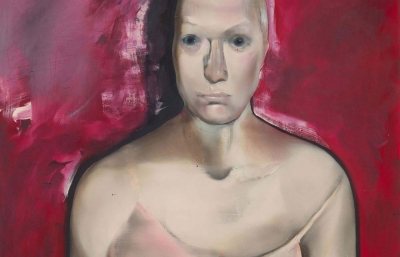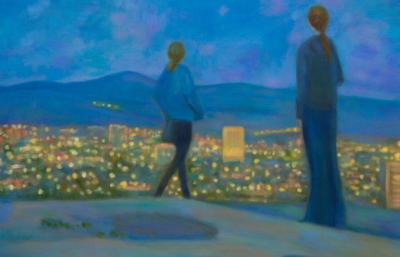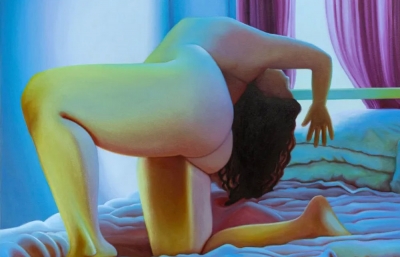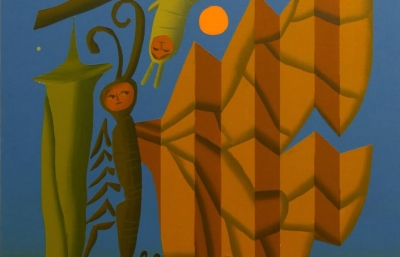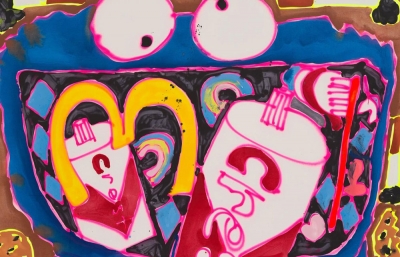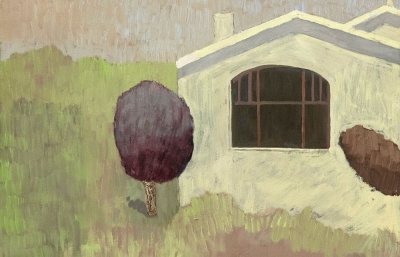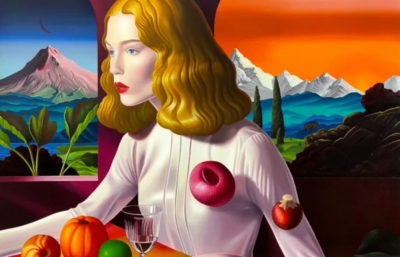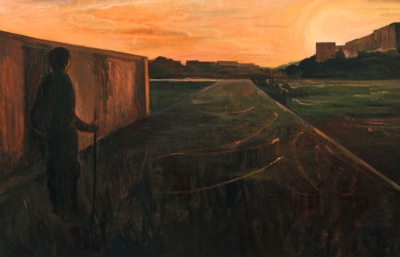A couple of weeks ago, we visited Emily Mae Smith's studio in Brooklyn and got the chance to check out the early stage of some of the paintings she is working for her upcoming exhibition at Wadsworth Atheneum Museum of Art in Hartford, Connecticut. Being the artist's second institutional exhibition, and on view simultaneously with her French career overview which is on view at Le Consortium Museum in Dijon, the Texas-born artist was excited to share with us her ideas and concepts she's been working on.
Taking part in the museum's Matrix program which since 1975 presented over 1,000 works of art by more than 160 artists, Emily Mae Smith is invited to respond to the encyclopedic collection of one of the oldest, if not the oldest museum in the US. From our conversation, the center point of the showcase will be her take on a painting by William Holman Hunt called The Lady of Shalott, one of the most famous pre-raphaelite paintings.
Derived from a poem by Lord Alfred Tennyson about the mysterious Lady of Shalott, who is trapped in a tower and not allowed to look out the window at the world outside, except through a mirror which reflects the world, the painting depicts the moment where she had just looked out the window and everything is about to change.
"I'm kind of looking at it with my very subjective interpretation of my interest," Mae Smith said, "I think I have a kinda feminist read or reinterpretation of the painting because it's like an incredible metaphor for the state of the Victorian woman—sort of trapped in a cycle of invisible labor, who has to experience the world through the lens of someone else. I feel so connected with this bizarre cycle that's in this painting, so I'm working on a few paintings inspired by sections of this painting. Through the research I've done, I think that the artist's intention wasn't any of this commentary.
"He was saying, 'Look what happens when you sin.' Their intended message is horrific to me, but also part of the power of my obsession with them. They're so strange and upsetting, but so interestingly painted, this place where these erotic or beautiful women experience a downfall because of their mistakes, not just because of who and what they are. There is a kind of location that carries through into the 20th century in terms of art, a way of looking at females as the image in the painting become synonymous with bad. Maybe that's part of my obsession with this time. I feel like these quotes got written a little bit right there."
Photos and text by Sasha Bogojev













